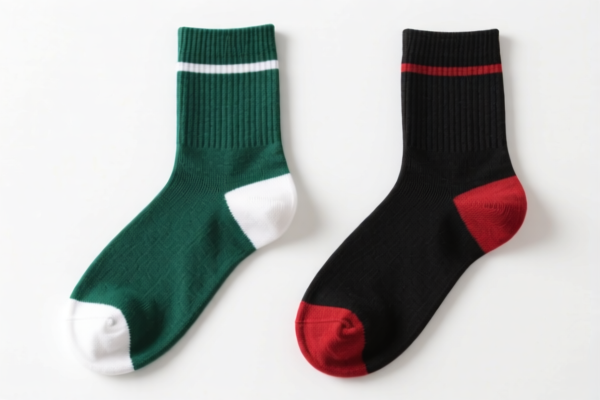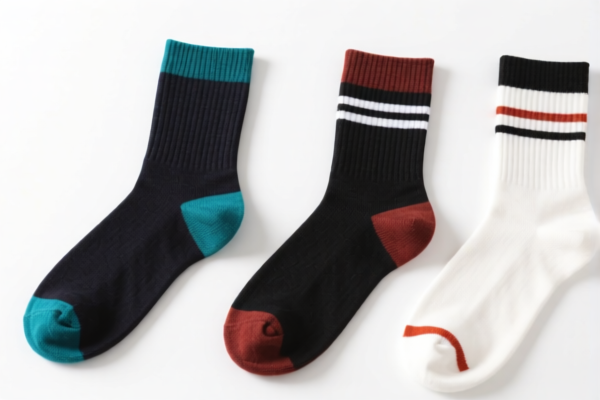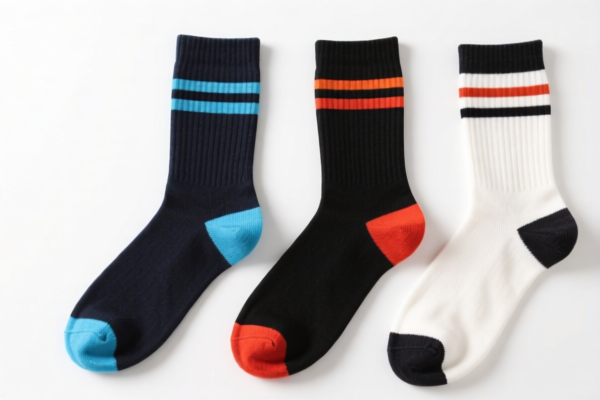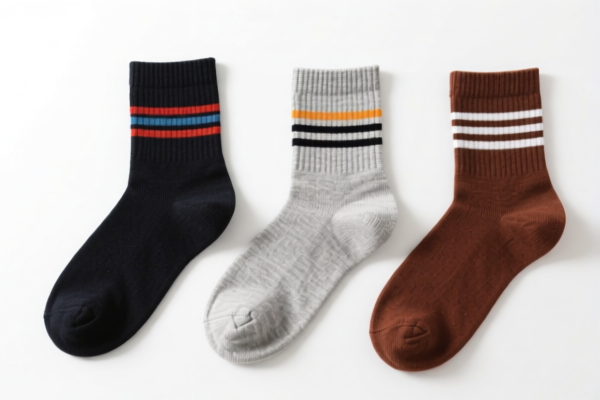| HS Code | Official Doc | Tariff Rate | Origin | Destination | Effective Date |
|---|---|---|---|---|---|
| 6115940000 | Doc | 48.8% | CN | US | 2025-05-12 |
| 6115959000 | Doc | 51.0% | CN | US | 2025-05-12 |
| 6117909003 | Doc | 52.1% | CN | US | 2025-05-12 |
| 6117909080 | Doc | 52.1% | CN | US | 2025-05-12 |
| 5801100000 | Doc | 55.0% | CN | US | 2025-05-12 |
| 5801310000 | Doc | 47.2% | CN | US | 2025-05-12 |
| 5802300030 | Doc | 61.2% | CN | US | 2025-05-12 |
| 5802300090 | Doc | 61.2% | CN | US | 2025-05-12 |
| 5806310000 | Doc | 63.8% | CN | US | 2025-05-12 |
| 5803001000 | Doc | 55.0% | CN | US | 2025-05-12 |
| 5803005000 | Doc | 55.0% | CN | US | 2025-05-12 |
| 5609004000 | Doc | 58.9% | CN | US | 2025-05-12 |
| 5609003000 | Doc | 59.5% | CN | US | 2025-05-12 |
| 5404900000 | Doc | 55.0% | CN | US | 2025-05-12 |
| 5608903000 | Doc | 60.0% | CN | US | 2025-05-12 |
| 5608903000 | Doc | 60.0% | CN | US | 2025-05-12 |
| 6114909070 | Doc | 35.6% | CN | US | 2025-05-12 |
| 6114900570 | Doc | 49.5% | CN | US | 2025-05-12 |
| 6114200010 | Doc | 48.3% | CN | US | 2025-05-12 |




Thermal Socks
Thermal socks are specialized footwear designed to provide insulation and warmth to the feet in cold conditions. They achieve this through material composition, construction techniques, and specific design features.
Materials
The effectiveness of thermal socks is largely determined by the materials used in their construction. Common materials include:
- Wool: A traditional choice, wool offers excellent warmth even when wet, is naturally odor-resistant, and provides cushioning. Merino wool is particularly popular due to its softness and reduced itchiness compared to coarser wool types.
- Synthetic Fibers: Materials like acrylic, polyester, and polypropylene are often blended with wool or used independently. Synthetics offer durability, moisture-wicking properties, and faster drying times.
- Silk: Adds softness and warmth, often used in blends to improve comfort.
- Blends: Combining different materials maximizes the benefits of each. For example, a wool-synthetic blend provides warmth, durability, and moisture management.
Purpose & Function
The primary purpose of thermal socks is to maintain foot temperature in cold environments. They function by:
- Insulation: Trapping air within the fibers to create a barrier against heat loss.
- Moisture Management: Wicking sweat away from the skin to prevent chilling. Wet feet lose heat much faster than dry feet.
- Cushioning: Providing padding to reduce friction and prevent blisters, especially during extended activity.
- Odor Control: Some materials, like wool, naturally resist odor-causing bacteria.
Usage Scenarios
Thermal socks are suitable for a wide range of activities and conditions:
- Winter Sports: Skiing, snowboarding, ice skating, and snowshoeing.
- Hiking & Trekking: Providing warmth and comfort during cold-weather hikes.
- Outdoor Work: Construction, forestry, and other professions requiring extended exposure to cold temperatures.
- Everyday Wear: For individuals prone to cold feet or living in cold climates.
- Hunting & Fishing: Maintaining foot warmth during stationary or low-activity pursuits in cold weather.
Common Types
Thermal socks are categorized by weight (thickness) and height:
- Lightweight: Suitable for moderately cold conditions and everyday wear. Focus on moisture-wicking and breathability.
- Midweight: Versatile option for a wider range of temperatures and activities. Offers a balance of warmth and breathability.
- Heavyweight: Designed for extremely cold conditions and high-intensity activities. Provides maximum warmth and cushioning.
- Crew Socks: Extend to the mid-calf, providing coverage and warmth.
- Knee-High Socks: Offer extended coverage for additional warmth and protection.
- Over-the-Calf Socks: Provide the most coverage, often used with ski boots or other specialized footwear.
- Toe Socks: Individual toe compartments can help prevent blisters and improve warmth distribution.
- Compression Socks: Provide support and improve circulation, reducing fatigue during extended activity.
Thermal socks fall under articles knitted or crocheted, specifically designed for warmth and insulation. They are typically made from man-made fibers or a blend of materials to provide thermal protection.
Here are the relevant HS codes based on the provided reference material:
- 6114200010: Socks, stockings, tights and similar articles, knitted or crocheted: Of man-made fibres: Other: Thermal socks: Men's or boys'.
- 61: Garments knitted or crocheted. This chapter covers knitted or crocheted clothing and accessories.
- 14: Socks, stockings, tights and similar articles. This heading specifically categorizes legwear.
- 20: Of man-made fibres. This subheading indicates the material composition of the socks.
- 00: Other. This further specifies the type of socks.
- 10: Thermal socks: Men's or boys'. This identifies the specific type and intended gender of the socks.
According to the provided reference material, the tax rate for HS code 6114200010 is comprised of a 10.8% basic tariff, a 7.5% additional tariff, and an additional 30.0% tariff effective April 2, 2025, resulting in a total tax rate of 48.3%.
Customer Reviews
No reviews yet.